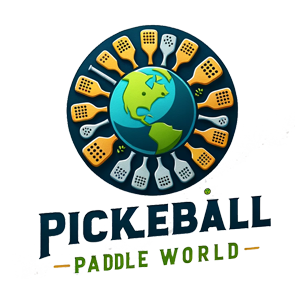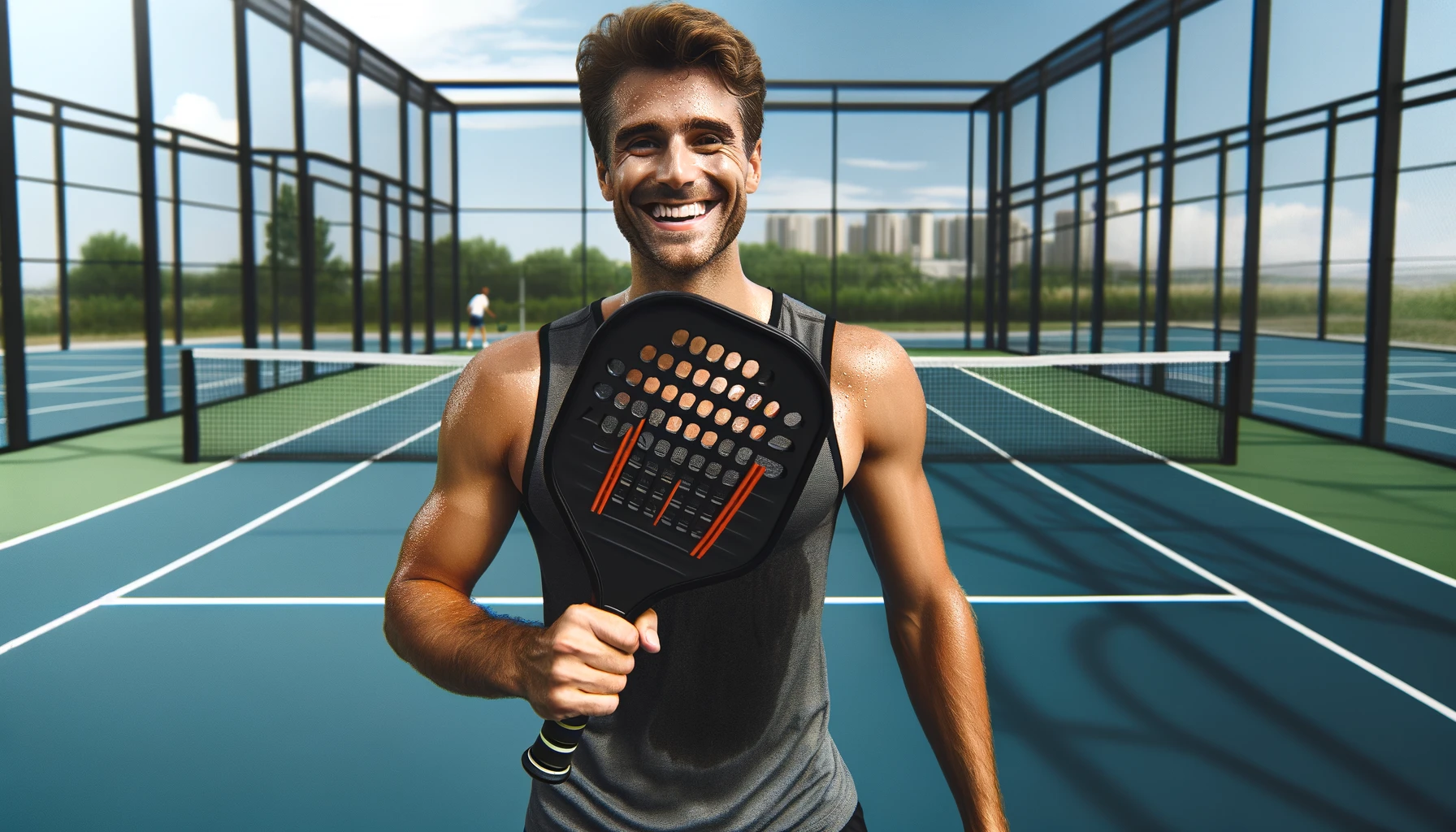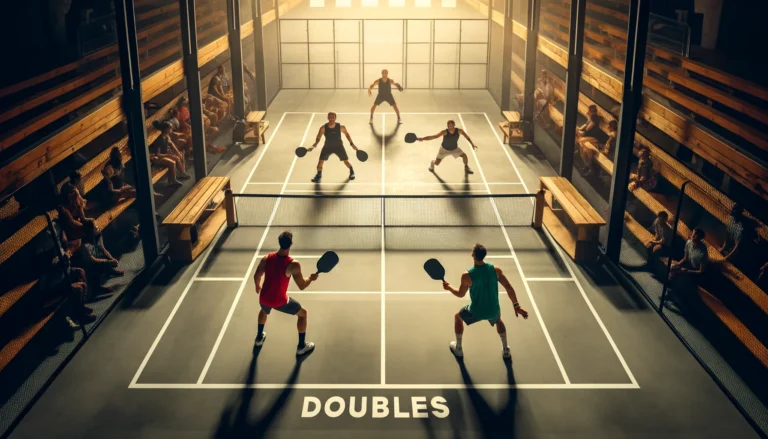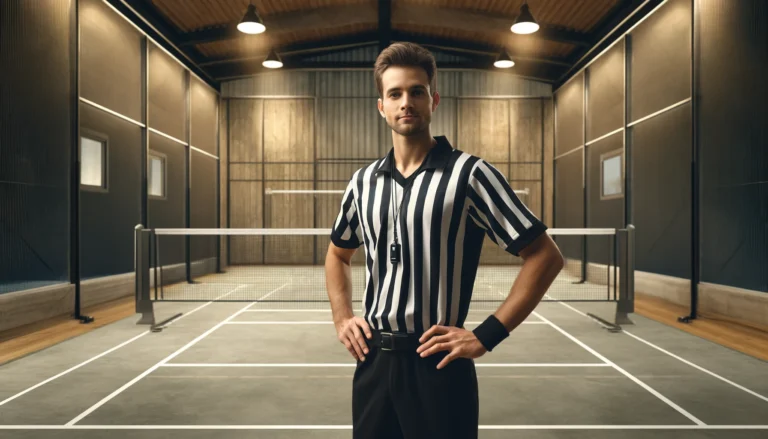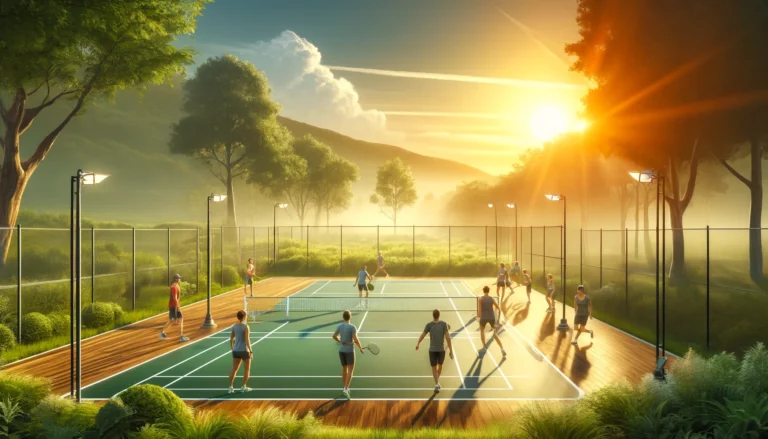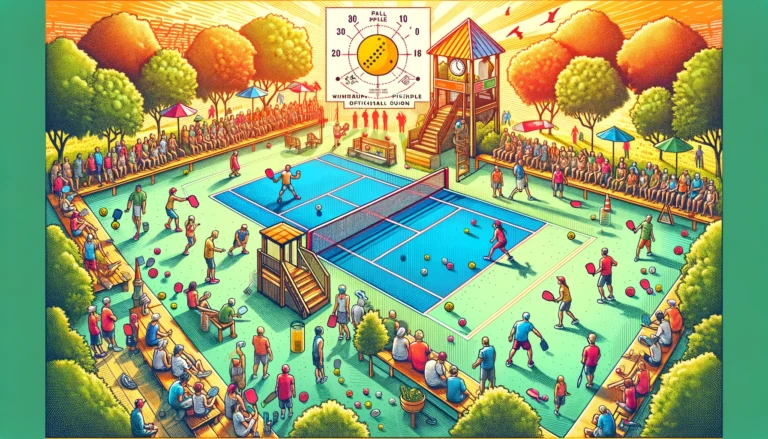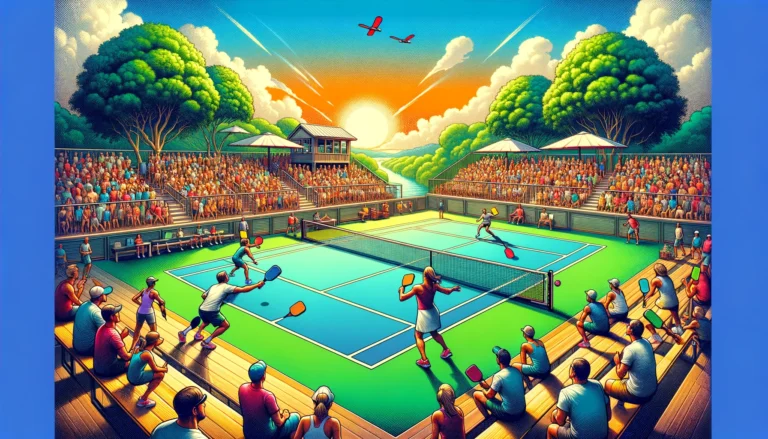A Comprehensive Guide to Pickleball Rules Singles Play
Pickleball Rules Singles Play
Pickleball has rapidly gained popularity as a fun and accessible sport, suitable for players of all ages and skill levels. Understanding the specific pickleball rules singles play is essential for anyone looking to compete or simply enjoy the game more thoroughly. This guide will cover everything you need to know about pickleball rules for singles, ensuring you’re well-prepared to hit the court.
In the world of pickleball, singles play is a dynamic and fast-paced challenge. It demands not only physical agility but also strategic thinking. The rules set the framework for fair play and competition. Whether you are a beginner looking to understand the basics or an experienced player aiming to refine your understanding, this article will serve as your comprehensive resource.
This guide is structured to provide detailed insights into the main facets of playing pickleball singles. We’ll go through each rule, explain the significance, and provide practical tips to help you apply these rules effectively in your games.
Court Dimensions and Setup
The pickleball court for singles is the same size as doubles: 20 feet wide and 44 feet long. However, playing singles means you will cover the entire court by yourself, which changes the dynamics significantly.
Brief Description:
In pickleball rules singles, the entire width of the court is used, but only one player covers it. This affects both serving and playing strategies.
Step-by-Step Guide:
- Understand the Court: Familiarize yourself with the court dimensions – the sidelines and baselines.
- Serving Areas: Learn to serve diagonally, aiming for the opposite service square.
- Positioning: Practice moving efficiently to cover the whole court during play.
Serving Rules in Singles
In pickleball singles, the serve sets the tone for each rally. Serving is done diagonally across the court, from the server’s right-hand service square to the opponent’s right-hand service square and alternates with each point scored.
Brief Description:
The serve in pickleball must be made underhand, with the paddle below the waist, and the ball must be hit in the air without bouncing.
Step-by-Step Guide Pickeball Rules Singles:
- Serve Technique: Master the underhand serve ensuring the paddle is below the waist at the point of contact.
- Foot Position: Keep both feet behind the baseline until after striking the ball.
- Consistency: Practice serving accurately to different areas of the service square to keep your opponent guessing.
Scoring System for Pickeball Rules Singles
Scoring in pickleball singles can seem complicated at first, but it becomes straightforward with practice. Games are typically played to 11 points, win by 2.
Brief Description:
Only the serving player can score points. The score is called with three numbers: the server’s score, the receiver’s score, and the server number (1 for singles).
Step-by-Step Guide:
- Calling the Score: Learn to call the score before each serve, in the format “server score-receiver score.”
- Understanding Serve Turns: Recognize that serving switches from one player to another when the server loses a rally.
- Strategy: Use the scoring system to plan your game strategically, focusing on when to be aggressive and when to play defensively.
Faults and Penalties
Understanding what constitutes a fault in pickleball is crucial for maintaining fair play. Faults in singles can occur from various situations like serving errors, line faults, or volleying from the non-volley zone.
Brief Description:
Faults immediately stop play and generally result in the loss of the serve or a point for the opponent.
Step-by-Step Guide:
- Identify Common Faults: Know the common faults such as foot faults, paddle faults, and ‘double hits.’
- Avoidance Tactics: Practice techniques to avoid faults, like keeping clear of the non-volley zone when volleying.
- Rule Refresh: Regularly refresh your knowledge of the detailed rules to minimize faults during gameplay.
Strategies for Winning in Singles
Singles play in pickleball requires different strategies than doubles. The game is faster, and the player must be good at both offense and defense.
Brief Description:
Effective singles strategies involve a good balance of power and precision, utilizing the entire court to challenge your opponent.
Step-by-Step Guide:
- Develop a Strong Serve: Use your serve as a weapon to gain an early advantage in rallies.
- Control the Court: Use shots that move your opponent around and open the court to create scoring opportunities.
- Endurance and Speed: Focus on your physical conditioning to maintain high levels of play throughout the match.
Conclusion
Understanding and mastering the pickleball rules singles play enhances not only your competitive edge but also your enjoyment of the game. It requires discipline, strategic thinking, and physical agility. Embrace these challenges, and use what you’ve learned today to transform your gameplay. As you
